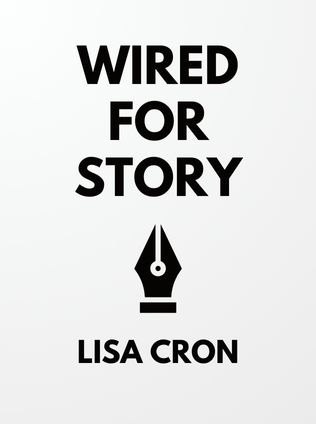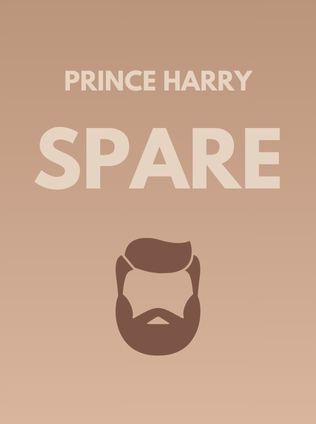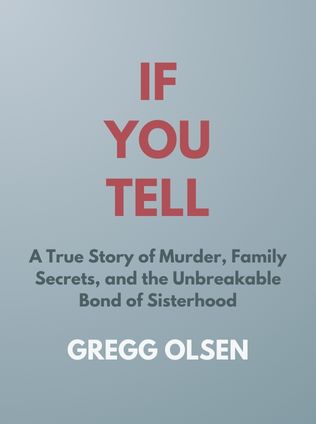
Wired for Story
The Writer's Guide to Using Brain Science to Hook Readers from the Very First Sentence
By Lisa Cron
Published 07/2012
About the Author
Lisa Cron is a seasoned writer and story consultant whose career spans several facets of the storytelling world. She spent over a decade in publishing before transitioning into television as a supervising producer for networks like Showtime and Court TV. Her expertise was further honed as a story consultant for major companies such as Warner Bros. and the Buchwald Agency. Cron’s extensive experience in the literary field also includes her time as a literary agent at the Angela Rinaldi Literary Agency. Currently, she imparts her knowledge to aspiring writers as an instructor at the UCLA Extension Writers’ Program.
Lisa Cron’s work is rooted in the belief that stories are not just entertainment but a fundamental aspect of human survival. Her insights are drawn from her deep understanding of both the art of storytelling and the science behind how stories affect the human brain. In "Wired for Story," Cron merges these two fields, offering writers a blueprint for crafting narratives that resonate deeply with readers.
Main Idea
In "Wired for Story," Lisa Cron argues that the human brain has evolved to process information most effectively through stories. This is not just a cultural or artistic preference; it’s a biological imperative. Cron asserts that stories were essential for our ancestors’ survival, enabling them to learn from experiences without directly facing dangers. Today, stories continue to serve this purpose, allowing us to explore complex scenarios and emotions in a safe, simulated environment.
The book emphasizes that to create compelling narratives, writers must align with the brain's inherent expectations of story structure. This means understanding and utilizing elements like protagonists, goals, conflict, and cause-and-effect relationships in ways that satisfy our neurological cravings for coherence and meaning. Cron provides a detailed analysis of these elements and offers practical advice on how to use them to craft stories that captivate and move readers.
Table of Contents
- The Evolutionary Role of Stories
- The Core Elements of a Story
- The Protagonist and Their Goals
- Conflict and Change as Story Drivers
- Cause and Effect: The Backbone of Narrative
- Hooking the Reader from the Start
- Suspense, Reveals, and Foreshadowing
- Pacing and Subplots for Depth and Relief
The Evolutionary Role of Stories
Stories are more than just entertainment; they are a crucial part of our evolutionary toolkit. According to Lisa Cron, our ancestors relied on stories to convey vital survival information. This allowed them to learn about dangers, social norms, and environmental challenges without having to face these threats directly. For instance, a tale about a close encounter with a predator would equip listeners with strategies for avoiding such dangers in the future.
From a neurological perspective, storytelling evolved as a way to help us remember important information and use it to make predictions about the world. This is why our brains are wired to crave stories. As Cron notes, "Stories allow us to simulate intense experiences without actually having to live through them. This way, we can learn from others’ experiences and better navigate our own lives."
Sign up for FREE and get access to 1,400+ books summaries.
You May Also Like
The Subtle Art of Not Giving a F*ck
A Counterintuitive Approach to Living a Good Life
By Mark MansonHow To Win Friends and Influence People
The All-Time Classic Manual Of People Skills
By Dale CarnegieFreakonomics
A Rogue Economist Explores the Hidden Side of Everything
By Steven D. Levitt and Stephen J. DubnerQuiet: The Power of Introverts
The Power of Introverts in a World That Can't Stop Talking
By Susan CainIf You Tell
A True Story of Murder, Family Secrets, and the Unbreakable Bond of Sisterhood
By Gregg Olsen



















